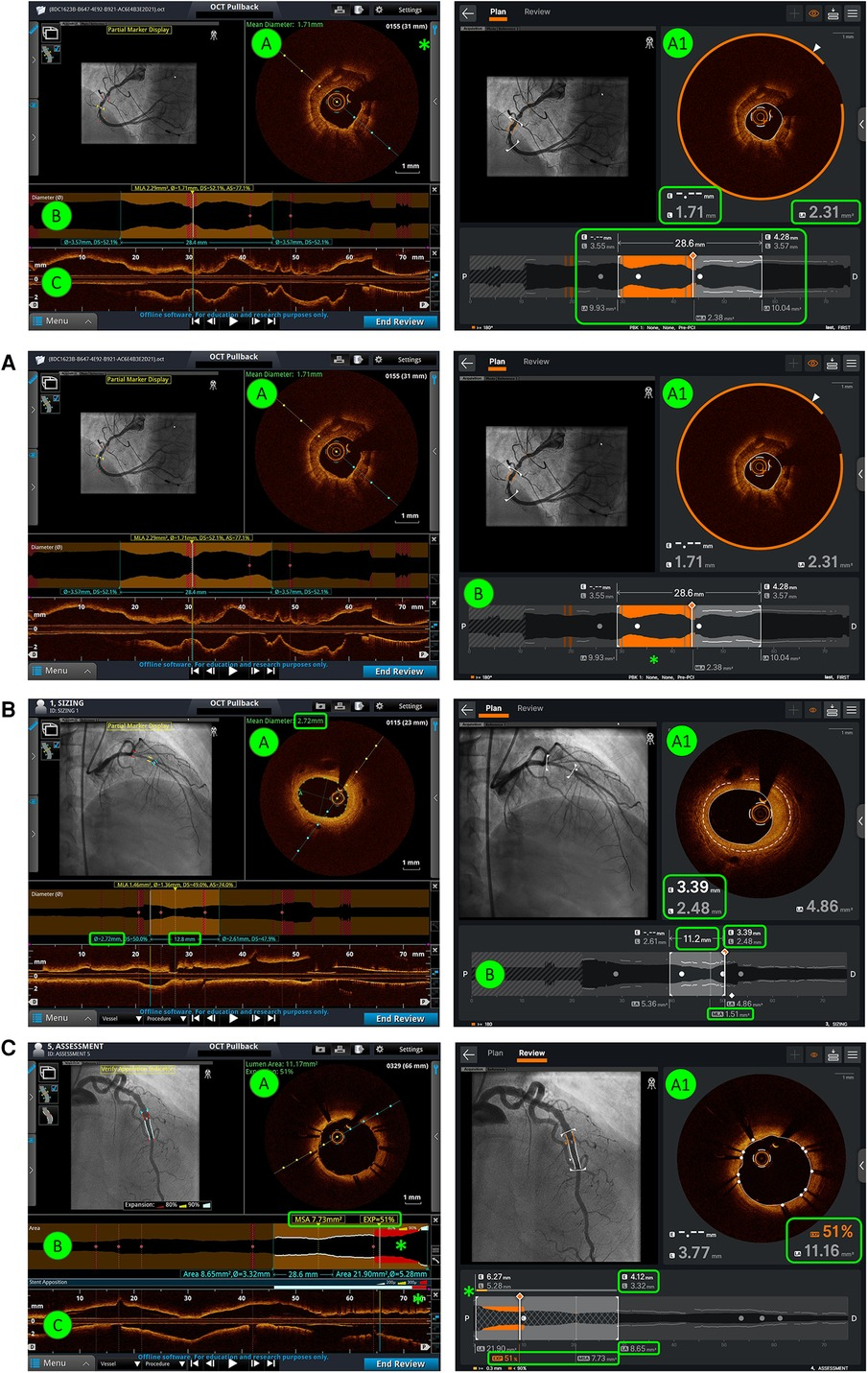A recent study investigated the efficiency of a new software, Ultreon™ 2.0, in aiding physicians to interpret optical coherence tomography (OCT) images, a crucial part of deciding on treatments during percutaneous coronary intervention (PCI) procedures. OCT is an imaging technique used within coronary arteries, but its full adoption has been limited due to the time and expertise needed for image analysis. Ultreon™ 2.0 incorporates artificial intelligence (AI) to automate some aspects of image interpretation, aiming to simplify the process, especially for less experienced doctors.
Researchers used eye-tracking technology to compare how physicians interacted with Ultreon™ 2.0 versus an older software, AptiVue™. They recruited both experienced interventional cardiologists and those with less experience using OCT imaging. Participants were tasked to review static OCT images using both software platforms and asked to perform tasks such as identifying calcium, determining stent size, and assessing stent placement. Eye movements were monitored to assess viewing efficiency, and the accuracy of their interpretations was recorded.
The study found that Ultreon™ 2.0 significantly improved viewing efficiency. Physicians using the new software were faster to focus on relevant areas of the images, spent less total time on each task, and spent a greater percentage of their time looking at the most important information within the images. These improvements were observed in both experienced and less experienced physicians. Importantly, the accuracy of image interpretation remained the same with both software platforms, suggesting that the AI-powered software enhanced efficiency without compromising accuracy.
Qualitative analysis of eye-tracking heatmaps supported these findings, showing that with Ultreon™ 2.0, physicians had fewer areas of focus, indicating a more streamlined and targeted approach to image review. This was particularly noticeable in experienced users, but the benefits of the new software were evident across all experience levels.
The researchers concluded that Ultreon™ 2.0 improves the efficiency with which physicians can interpret OCT images for PCI decisions. The AI-driven enhancements and simplified interface of the software appear to reduce the cognitive burden on physicians, potentially making OCT more accessible and easier to use in clinical practice, especially for less experienced operators. The study suggests that integrating AI into medical image interpretation software can be a valuable tool for improving physician workflow and decision-making in time-sensitive procedures.

Leave a Reply